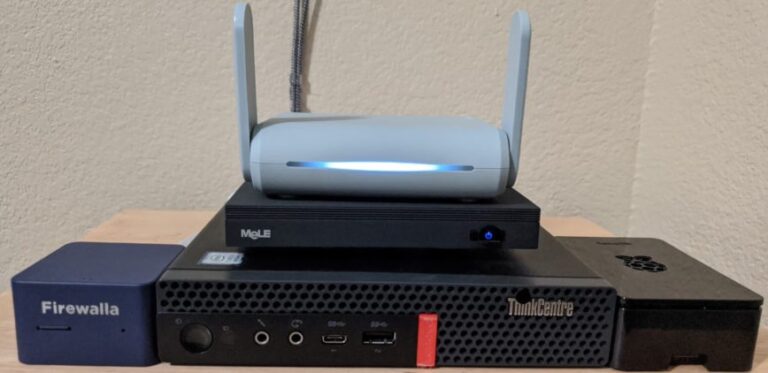The Importance of Seamless User Experience
Why Password Management Must Evolve Beyond Traditional Models
Passwordless authentication methods have moved from experimental to essential in modern security strategies. Technologies such as biometrics (fingerprints, facial recognition), hardware security keys (e.g., FIDO2 tokens), and cryptographic passkeys are rapidly replacing traditional password use.
- Remote and Hybrid Workforce: Over 90% of companies support hybrid work models, where employees split their time between home, office, and mobile locations. Users require quick, secure access to cloud applications from anywhere, at any time.
- Device Diversity: Employees now use a wide range of devices including laptops, smartphones, tablets, and increasingly, Internet of Things (IoT) and edge devices. Password management systems must deliver consistent and secure experiences across all these endpoints.
- 24/7 Availability Without Helpdesk Bottlenecks: With global teams working across multiple time zones, traditional helpdesks are often unable to provide timely password support, leading to delays and lost productivity.
- Password Fatigue and Security Risks: Despite broad adoption of multi-factor authentication (MFA), employees still face password overload. This often results in risky behaviors such as password reuse or writing down credentials, which can compromise security.
Cutting-Edge Solutions Shaping Cloud Password Management Today
As organizations continue to shift their business applications to the cloud, this transformation is now standard rather than a trend. The continued rise of hybrid and multi-cloud environments combined with remote and hybrid workforces demands a fresh approach to password management, one that supports secure, seamless access across increasingly complex cloud ecosystems and device landscapes.
Modern solutions focus on:
Effective password management also supports compliance with industry regulations such as GDPR, HIPAA, and PCI DSS by:
- Eliminate common password vulnerabilities such as phishing, credential stuffing, and brute force attacks.
- Provide frictionless user experiences that simplify logging in across cloud applications.
- Are natively supported by major platforms including Microsoft Azure Active Directory, Google Workspace, and Apple’s ecosystem.
Organizations must continue adapting to evolving technologies and threat landscapes by:
These methods:
Password management solutions designed primarily for on-premises systems no longer meet the needs of today’s workforce and IT environments.
- Dynamic, continuous authentication that adapts to device health, user location, behavior, and risk factors.
- Password management tools are tightly integrated with identity governance and access management (IGA) solutions to enforce policies that protect sensitive resources.
2. Zero Trust Security Architectures Integrate Identity Verification
1. Passwordless Authentication Is Becoming Mainstream
- AI-driven systems detect anomalous login attempts, unusual credential usage, and potential breaches in real time.
- Virtual assistants and chatbots provide instant, guided self-service password resets, dramatically reducing the volume of helpdesk tickets and speeding up user recovery.
User convenience is a critical factor in the success of any password management strategy. Complex, cumbersome login processes frustrate employees and increase support costs.
Artificial intelligence now plays a pivotal role in strengthening password security and enhancing user experience.
- Modern SSO solutions integrate adaptive multi-factor authentication, requiring additional verification only when certain risk signals are detected, minimizing user friction.
- Mobile SSO applications incorporate biometrics and contextual factors to enable employees to securely access all authorized applications on any device.
Single Sign-On (SSO) remains a cornerstone for password management but has evolved significantly:
- Beyond the Office: As virtual workspaces expand, including metaverse environments and immersive collaboration tools, password management must support secure authentication across virtual and mixed-reality platforms.
- Securing IoT and Edge Devices: With more connected devices outside traditional corporate networks, organizations are adopting passwordless and certificate-based authentication to safeguard these endpoints.
- Balancing Security and Convenience: Risk-based authentication models evaluate real-time data to reduce unnecessary login hurdles for trusted users while ramping up security in riskier situations.
By Dean Wiech
4. Cloud-Native Single Sign-On and Adaptive Multi-Factor Authentication
Real-World Challenges Addressed by Modern Password Management
Effective password management is critical for organizations supporting remote and hybrid workforces accessing cloud applications on a multitude of devices. By adopting modern solutions such as passwordless authentication, adaptive MFA, AI-driven support, and integrating with Zero Trust security models, companies can enhance security, improve user experience, and reduce IT overhead.
- Reducing password-related friction by enabling passwordless and single sign-on experiences.
- Providing unified credential management so users no longer need to remember dozens of passwords.
- Empowering users with self-service tools that work on any device, at any time, without relying on IT helpdesk availability.
Security Implications and Compliance
Password management today is no longer a single-step login process. It is a part of broader Zero Trust security frameworks, which continuously verify every access request based on context.
- Enforcing strong authentication policies.
- Ensuring proper audit trails and access logs.
- Integrating with security information and event management (SIEM) tools for comprehensive monitoring.
Future-Proofing Your Password Management Strategy
- Embracing passwordless authentication across all platforms.
- Fully integrating password management with Zero Trust and identity governance frameworks.
- Leveraging AI and machine learning for proactive threat detection and user support.
- Considering emerging standards like passkeys and decentralized identity solutions for enhanced security and privacy.
Empowering Secure Access in a Cloud-First World
This means:
3. AI-Powered Security and User Support





